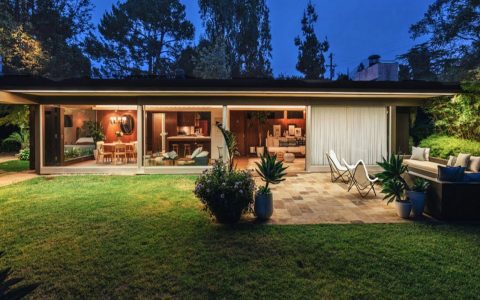Richard Neutra was a highly influential Austrian-American architect, known for his contribution to the Mid-Century Modern architecture movement. His designs emphasized a close connection between people and nature, characterized by clean lines, open spaces, and the use of glass.
Key Characteristics of Neutra Homes:
- Emphasis on Nature: Large windows and sliding glass doors to connect indoor and outdoor spaces. Designs often incorporated gardens, patios, and water features.
- Clean Lines and Geometric Forms: Simple, geometric shapes and a minimalist aesthetic.
- Open Floor Plans: Spaces that flow seamlessly into each other, creating a sense of spaciousness.
- Use of Materials: Neutra favored natural materials like wood, stone, and glass, as well as modern materials like steel and concrete.
- Health and Well-being: Designs often prioritized natural light and ventilation to promote the well-being of the occupants.
Notable Neutra Homes:
- Lovell Health House (Los Angeles, 1929): One of Neutra's most famous works, showcasing his International Style and innovative use of materials.
- Neutra VDL Research House (Los Angeles, 1932/1963): Neutra's own home and studio, rebuilt after a fire. A prime example of his design principles.
- Kaufmann Desert House (Palm Springs, 1946): A stunning example of desert modernism, designed for Edgar J. Kaufmann Sr.
Neutra's homes are celebrated for their timeless design and their ability to create a harmonious living environment. His work continues to inspire architects and homeowners today.





